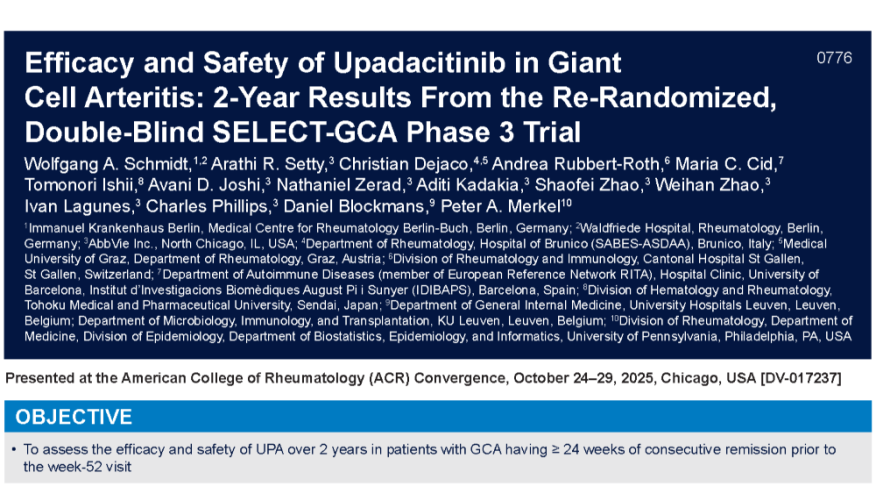Methotrexate Does Not Increase ILD Risk in Dermatomyositis Save

A cohort analysis of dermatomyositis (DM) patients starting immunomodulators finds that methotrexate use was not associated with an increased risk of interstitial lung disease (ILD).
ILD affects ~23% of DM patients and the oft used MTX is has a low risk of pneumonitis and pulmonary fibrosis in 0.3% to 11.6% (in RA), respectively. Such risks have caused concern regarding the potential benefits vs. risk of using MTX in ILD.
Patients were recruited from the NIH-sponsored All of Us Research Program and enrolled DM patients (wihtout baseline DM) starting immunomodulating treatment (IMT) like azathioprine, intravenous immunoglobulin, MTX, mycophenolate mofetil/mycophenolic acid [MMF/MPA], rituximab, or systemic steroids. Primary outcome was ILD risk associated with MTX exposure using Kaplan-Meier and multivariable Cox proportional hazards regression modeling (adjusting for variables with P < .10).
Of 163 patients with DM , 58 (36%) received MTX and 105 (64%) did not. The study was powered (80%) to detect a 12.7% absolute difference in ILD between groups. MTX exposed vs un-exposed were demographically and clinically similar, although MTX-exposed patients were less likely to have a DM-related malignant neoplasm and more likely to receive rituximab.
DM ILD Rates were equal and on par for reported ILD rates in DM:
- 18 MTX-exposed (17%)
- 9 MTX-unexposed (16%)
- no significant differences in ILD risk with MTX exposure (HR 0.79; 95% CI, 0.35-1.78; P = .56) (Figure)
Methotrexate was not associated with increase ILD risk, and similar were seen with MMF or RTX use. Methotrexate was negatively associated with malignant neoplasm, supporting possible prescribing patterns for DM subtypes or suggesting MTX is less tumorigenic.











If you are a health practitioner, you may Login/Register to comment.
Due to the nature of these comment forums, only health practitioners are allowed to comment at this time.